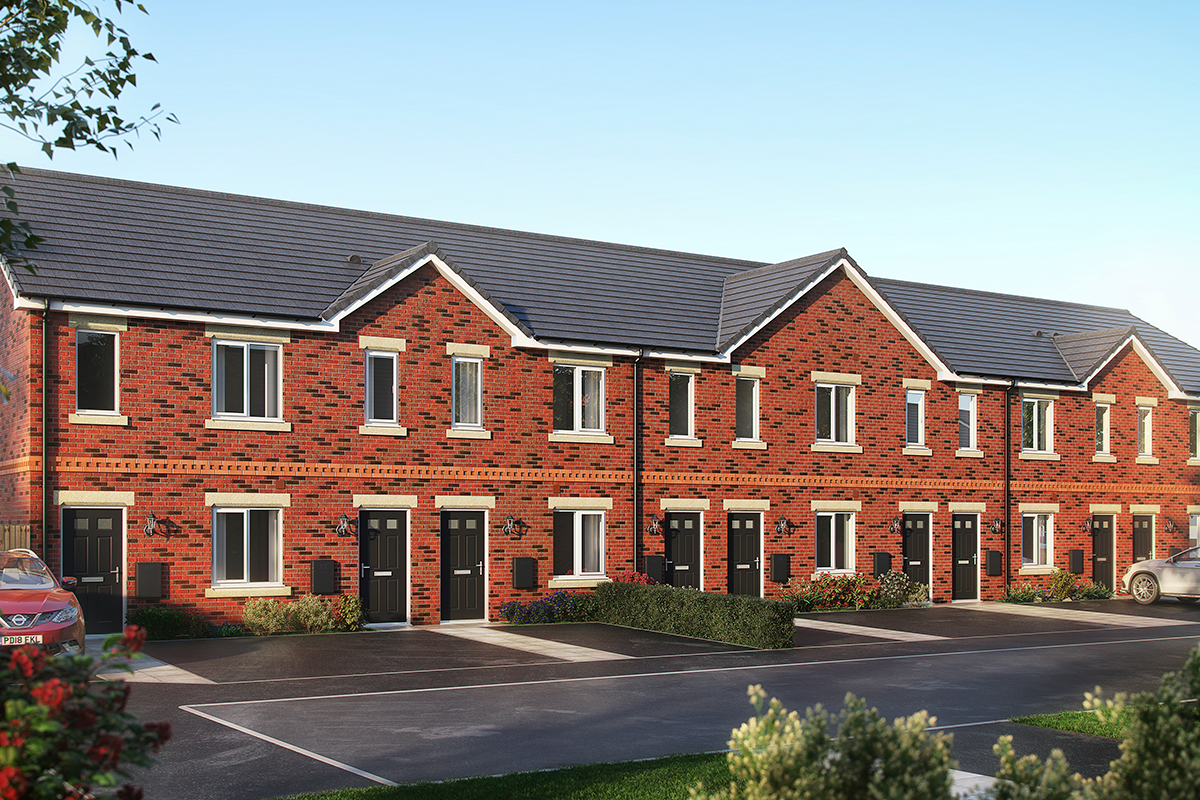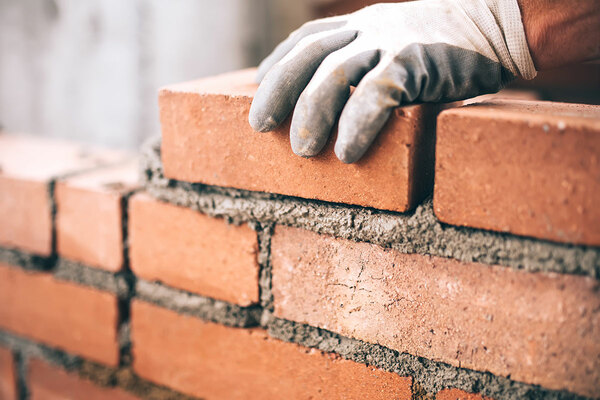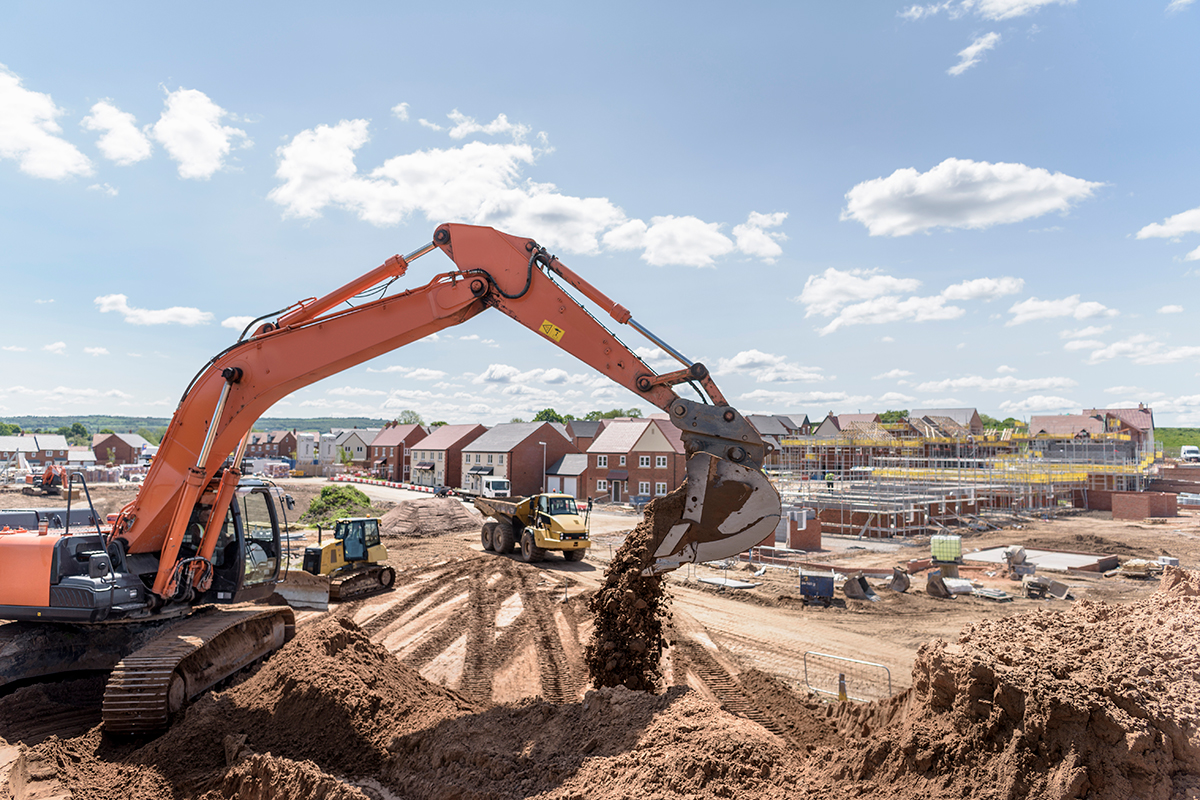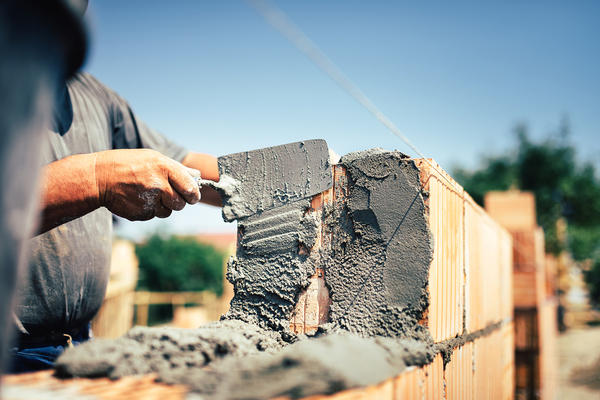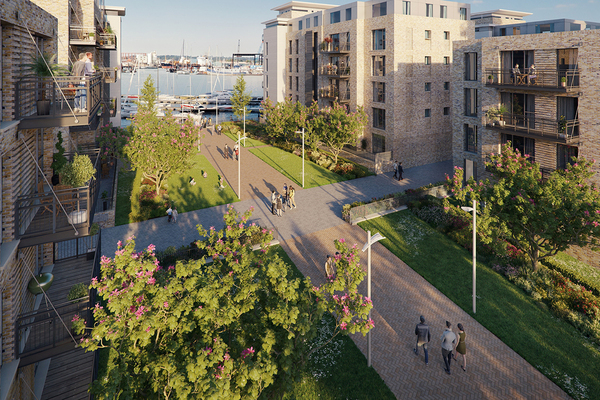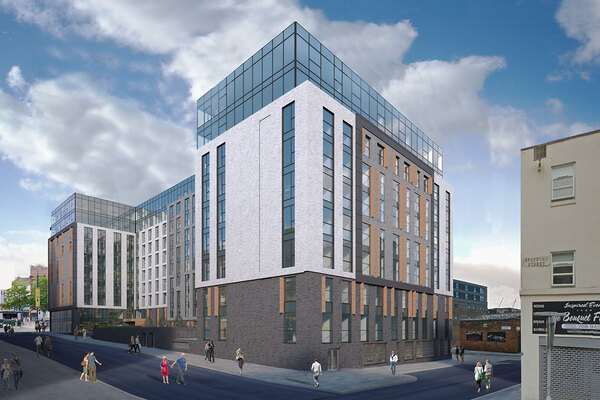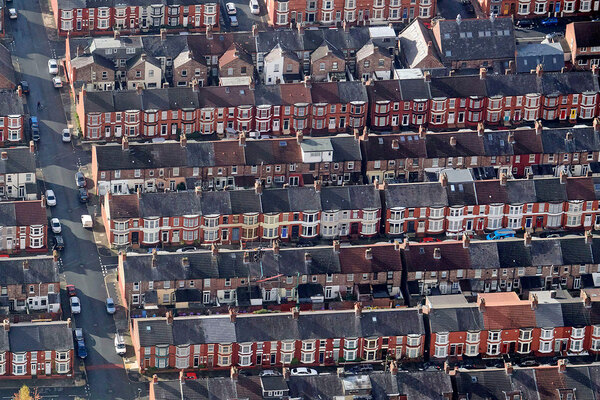You are viewing 1 of your 1 free articles
Five key questions from the net additions statistics
Yesterday the government published its net additions figures for 2017/18. These are used by the government to measure performance against official targets. The overall number showed growth of 2%. Peter Apps considers what this means. Picture:Getty
1. Have we peaked?
Last year, the government called a press conference in Bristol to proudly trumpet its success – 217,300 homes delivered a rise of 15% and the second-highest figure of any year in the set (which goes back to 1991/92). This year there were no such theatrics. That might be because everyone is a bit busy, but it might also be because the figures do mark an improvement, albeit such a slim one that there is less cause for celebrating.
The government is committed to one million homes by 2020, and barring a catastrophe (such a no-deal Brexit) that should be in the bag (it needs 185,405 in each of the next two years). After that though it needs two years at 250,000 and then a sharp rise to 300,000 by the mid-2020s to meet what it has promised.
Those responsible for delivering these targets would have hoped to see sharper growth this year.
There will also be a certain amount of cursing that with just 1,340 more you’d have had a ‘record housebuilding figures’ announcement ready to go.
2. Is the office-to-resi boom over?
There were 17,751 homes created from the conversion of offices into flats in 2016/17. This year, that figure plummeted 34% to 11,555.
This has its route in a change to planning rules in May 2013, which allowed developers to convert offices into homes without needing full planning permission.
It kicked off a boom, and has also been deeply controversial. This year’s figures may be a sign that it has seen its glory days – analysts have said most of the ‘low hanging fruit’ (vacant offices well located for housing) has now been used up. This puts a greater strain on straightforward new build to keep the numbers up...
3. What is driving the growth in new build?
…Luckily for the government it has taken the strain this year. New build (not conversions) hit 195,290 completions this year. That’s a 6.3% rise on the previous year’s 183,570 and coming pretty close to the pre-recession peak of 200,300. House builders point to Help to Buy as assisting with this, which will drop away in 2022. Understanding what is underpinning the growth is important.
If it is Help to Buy, then what will replace it? Is it interventions recently to open up big sites?
Or are smaller house builders and housing associations – which have benefited from improved government policy interventions in recent years – cranking up their output?
Understanding which the policy interventions are working best – and which could work better – is crucial to making sure this isn’t a peak.
4, Regional growth is the driver, but should we worry about London?
Cornwall was the area that saw the most net homes delivered, with 3,427. It was followed by Birmingham, Manchester, Liverpool, Cheshire West and Chester, and Newcastle upon Tyne.
This is worth celebrating – it is a sign of regional growth, something the UK’s economy desperately needs. But in London, the housing market where problems would be most directly solved by closing the supply and demand gap, 21 of the 33 boroughs saw fewer homes added this year than last.
Mayor Sadiq Khan will be becoming increasingly desperate to reach the sprint stage of his lengthy marathon on housing delivery.
Listen to a podcast about Sadiq Khan’s development record in London
5. What about affordability?
Despite last year’s strong overall number, just 18% of new homes (41,530) were affordable products of any tenure – lower than all recent years except the year before. Of these, a miserable 5,380 (a negligible 2%) were for social rent – a historic low.
So what of this year? The answer is we don’t know yet. Affordable housing supply figures are released next Thursday, and it is only then that we will now whether these figures represent progress towards solving the housing crisis, or not.

